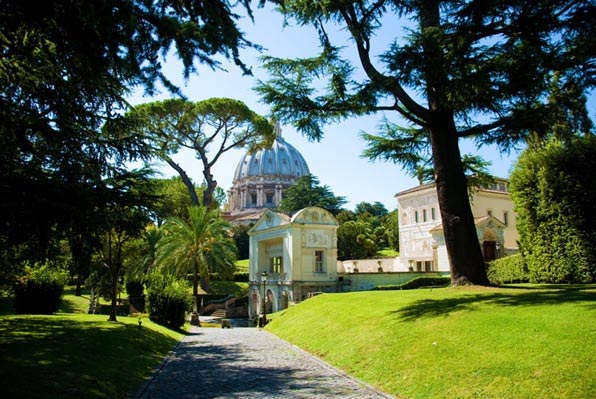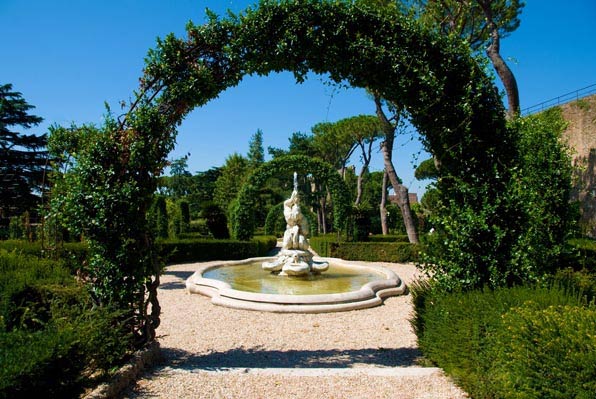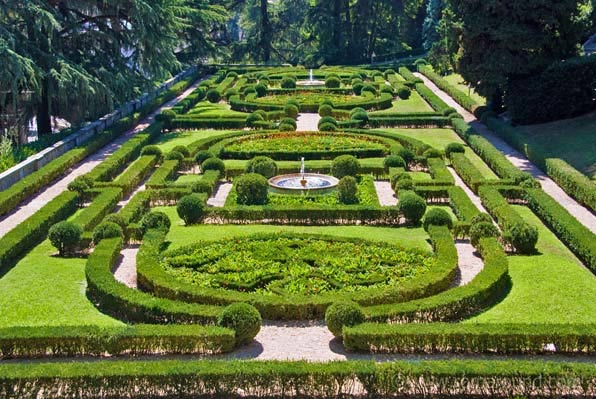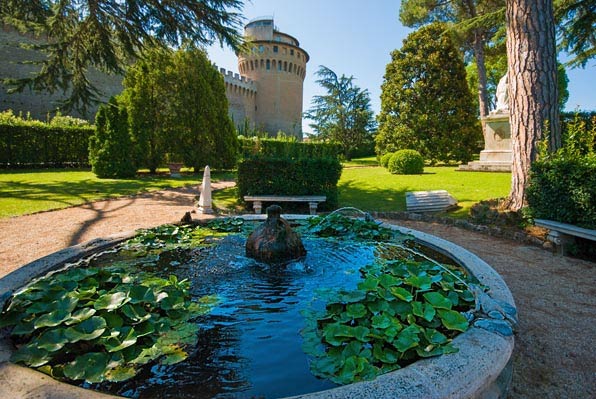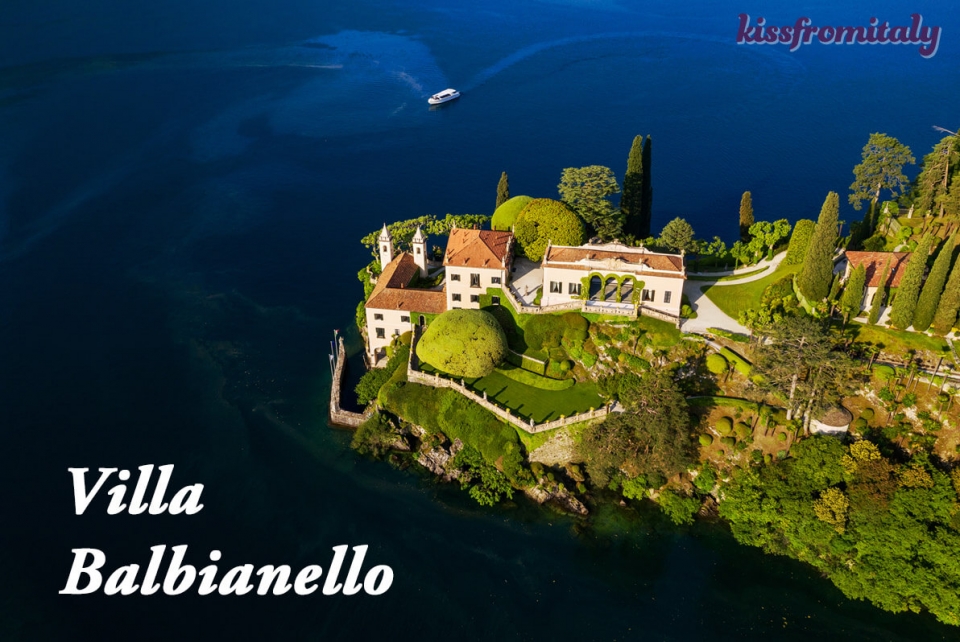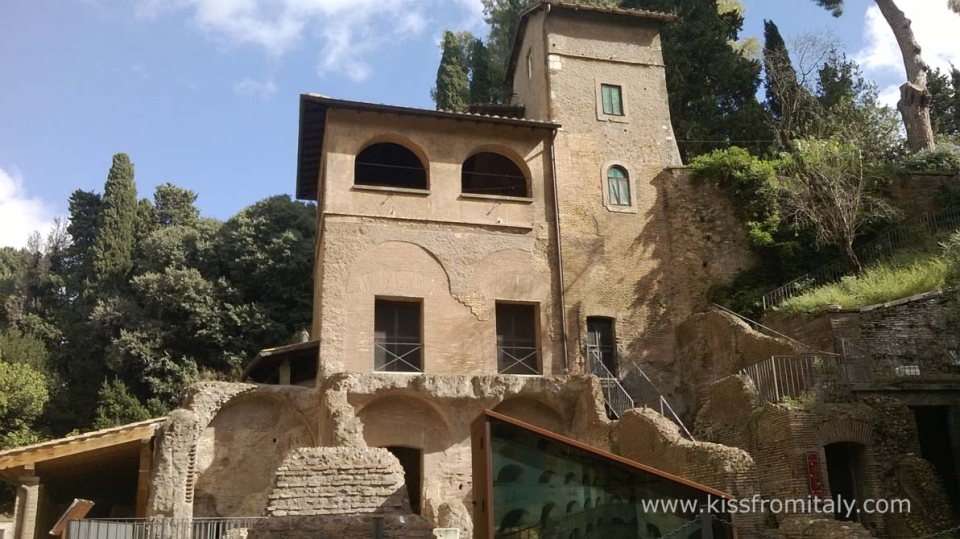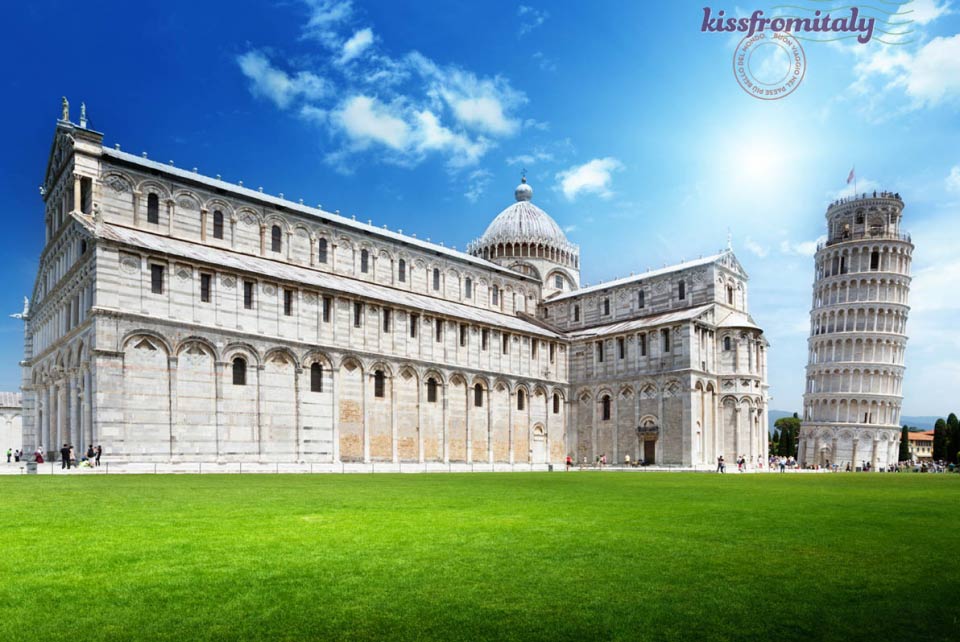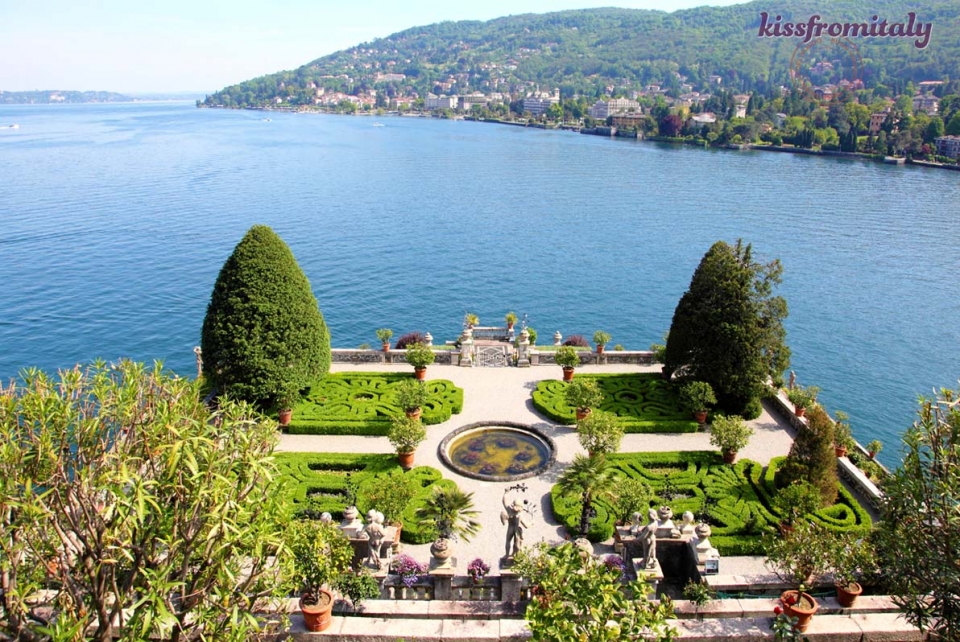
A piece of paradise in the very heart of the Vatican city
The Vatican Gardens are one of the most marvellous areas of Rome and comprehend about two thirds of the total area of the Vatican State, or about 23 hectares (57 acres).
Visiting the Vatican Gardens is like stepping into a green heaven, is a delightful walk through a variety of medieval fortifications, ancient buildings, beautiful fountains, set amongst vibrant flower beds, green lawns, topiary and a 3 hectares (7.4 acres) patch of forest. But it also gives the amazing feeling of entering really inside the state of the Vatican and into a private space where the popes come to enjoy quiet and meditation in contact with nature.
Gallery
The origin of the gardens dates back to 1279 when Pope Nicholas III (Giovanni Gaetano Orsini, 1277-1280) moved the papal residence from the Lateran Palace to the Vatican. Inside the new walls, that were built to protect his residence, he ordered to plant an orchard (pomerium), a lawn (pratellum) and a garden (viridarium). The major developments of the gardens occurred in the period between 1500 and 1600, during the papacy of Julius II, when important architects like Donato Bramante and Pirro Ligorio worked to enlarge and embellish the area.
The original design by Bramante was then organized into three new courtyards: Cortile del Belvedere (Viewpoint Courtyard), Cortile della Biblioteca (Library Courtyard) and Cortile della Pigna" (Pine Cone Courtyard) in the landscape design style of the Renaissance. In 1902 a replica of the Lourdes Grotto of Massabielle was donated by the French people to Pope Leo XIII, and today it is the place where each year at the end of May the pope comes to pray and greet the faithful who have made their way up the hill in a torch-light procession.
In 2011 a 400 year old olive tree donated by the Government of Israel has been planted. The tree comes from the hills of Nazareth, one of the most sacred places for the Catholic faith. A legend says that the site of the Vatican Gardens was spread with earth brought from Golgotha by Saint Helena, thus uniting symbolically the blood of Christ with that shed by thousands of early Christians prosecuted by the ancient Romans.
To visit the Vatican Gardens is possible only as part of a guided tour and with a specific advanced reservation. If you are interested in the tour contact us.


